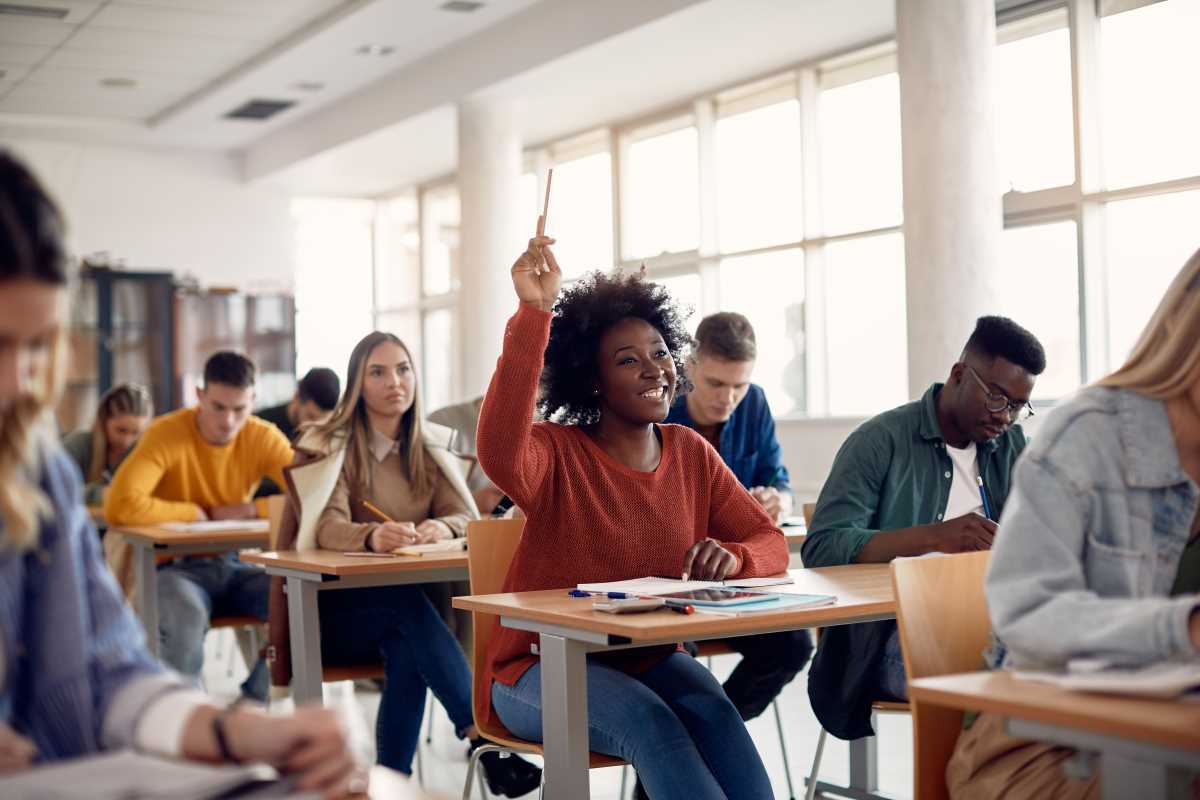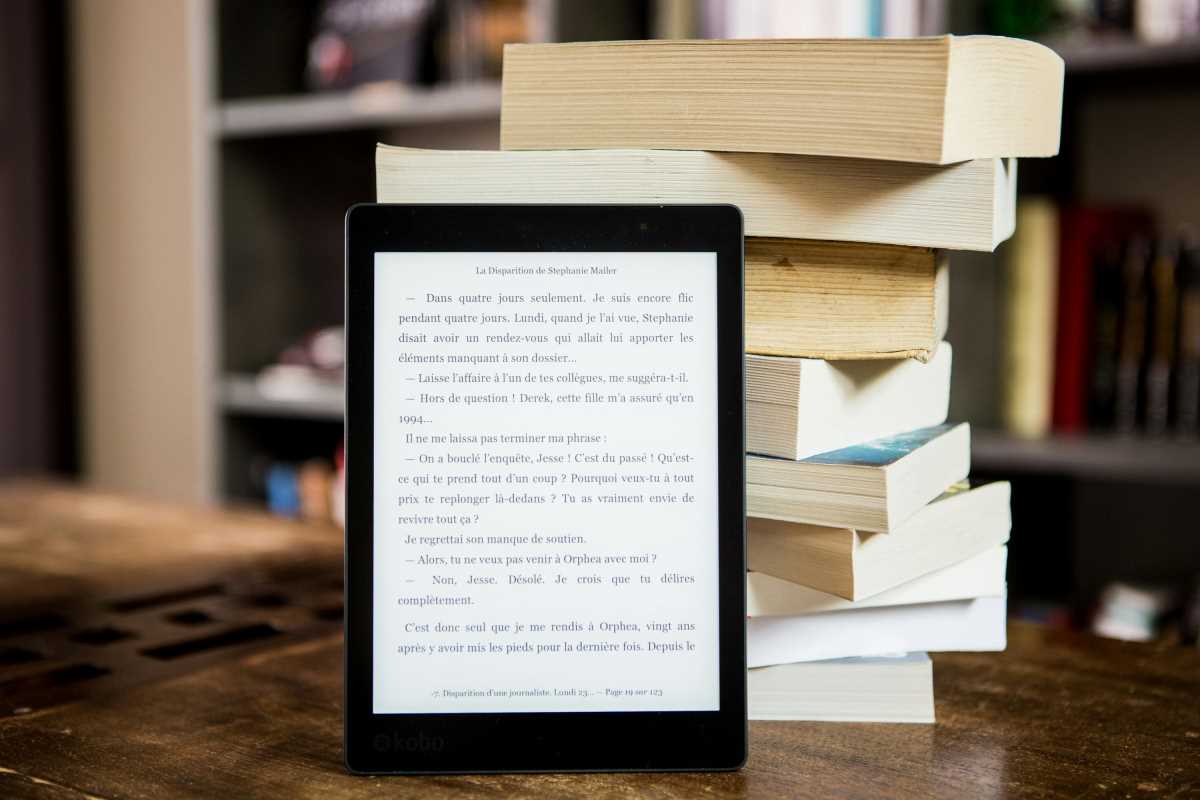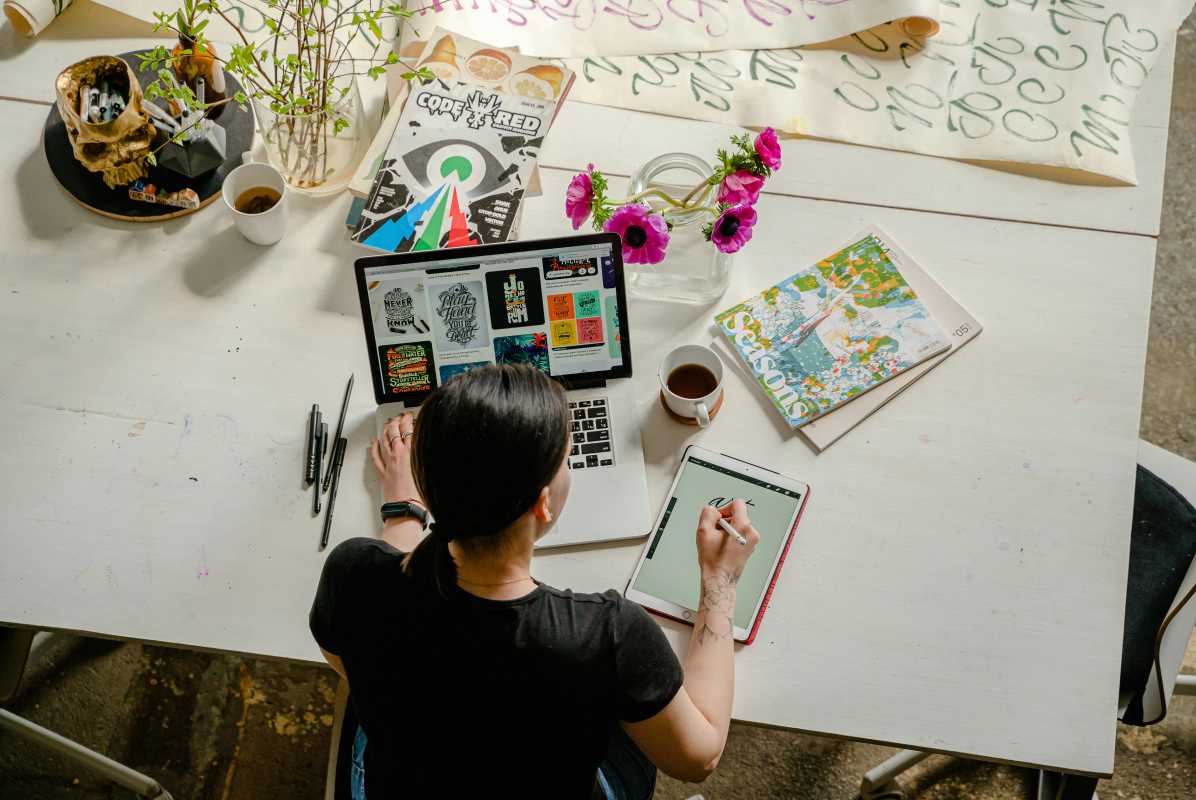Innovative teaching methods are key to creating a dynamic and engaging classroom environment where students are excited to learn. Traditional lectures and rote memorization often leave students feeling disconnected or uninspired, but by using creative strategies, teachers can capture students' attention and actively involve them in the learning process. These methods help foster a deeper understanding of the material while also developing essential skills such as critical thinking, collaboration, and problem-solving. Below are some effective strategies for implementing innovative teaching methods that can make a lasting impact on students' learning experiences.
Creative Technology Integration
One of the most effective ways to engage students is by integrating technology into the classroom. When used thoughtfully, digital tools can turn passive learning into an interactive experience. Some of the ways technology can enhance engagement include:
- Interactive whiteboards: These allow for dynamic presentations where teachers and students can annotate, highlight, and manipulate content in real time.
- Educational apps: Apps like Kahoot or Quizlet can gamify learning by turning quizzes into friendly competitions or providing interactive flashcards for quick review.
- Virtual reality (VR) simulations: VR allows students to immerse themselves in different environments or scenarios that would be impossible to experience in the traditional classroom. For instance, a biology class could take a "virtual" tour of the human body, or a history class could explore ancient civilizations.
Incorporating these tools can make lessons more exciting and help students see the real-world applications of what they’re learning.
Collaborative Learning Activities
Collaboration is a powerful tool for helping students understand complex topics while also developing interpersonal skills. By working in groups, students have the opportunity to learn from each other and approach problems from different angles. Some collaborative activities that can enhance learning include:
- Group projects: These can involve students researching a topic together, creating presentations, or building models. This kind of teamwork builds communication skills and allows students to learn from one another.
- Peer-to-peer discussions: These help students articulate their ideas, consider alternative perspectives, and refine their understanding of the subject matter. It also promotes critical thinking.
- Team-based problem-solving activities: These challenges, such as escape rooms or team-building games, can make learning fun while also encouraging cooperation and problem-solving.
By fostering collaboration, educators can build a sense of community in the classroom and help students develop valuable social and teamwork skills that will benefit them in their academic and professional careers.
Experiential Learning Opportunities
Experiential learning provides students with the opportunity to engage directly with the subject matter, making it more tangible and memorable. Rather than simply hearing or reading about concepts, students can interact with the material in a hands-on way. Some examples include:
- Field trips: Taking students outside the classroom to visit museums, science centers, or historical sites allows them to see real-world applications of the material they're studying.
- Role-playing exercises: Simulating real-world scenarios, such as debates or mock trials, can give students practical experience in applying their knowledge and skills.
- Project-based learning: This method involves students working on long-term projects that require them to research, design, and create something that demonstrates their understanding of the subject.
Experiential learning helps students retain information better by allowing them to connect theory with practice. It also encourages curiosity and enthusiasm for learning.
Differentiated Instruction Strategies
Every student learns differently, and differentiated instruction recognizes and accommodates those differences. Teachers who use differentiated strategies can tailor their instruction to meet the needs of students with varying abilities, learning styles, and preferences. Here’s how to implement differentiation effectively:
- Varying instructional methods: Use a mix of visual, auditory, and kinesthetic approaches to cater to different learning styles. For example, use videos for visual learners, hands-on activities for kinesthetic learners, and lectures or discussions for auditory learners.
- Flexible assessments: Allow students to demonstrate their knowledge in different ways. Some might prefer to write an essay, while others might excel in creating a presentation or building a model.
- Personalized learning plans: By offering options for assignments or creating individualized learning pathways, teachers can ensure that students are working at a pace and level that is appropriate for them.
Differentiated instruction helps keep all students engaged and ensures that everyone has the opportunity to succeed, regardless of their learning style or ability.
Inquiry-Based Learning Approaches
Inquiry-based learning encourages students to ask questions and explore concepts on their own, fostering a sense of curiosity and critical thinking. Instead of giving students all the answers, teachers guide them through the process of discovery. Some ways to incorporate inquiry-based learning include:
- Open-ended questions: Ask students questions that don’t have one “correct” answer. This prompts them to think critically and explore multiple solutions.
- Research projects: Allow students to investigate a topic of their choosing, encouraging them to take ownership of their learning and develop research skills.
- Socratic seminars: These are discussions where students explore deep questions and engage in thoughtful dialogue, allowing them to develop their reasoning and analytical skills.
Inquiry-based learning promotes student autonomy and empowers learners to take control of their education.
Interactive Classroom Activities
Keeping students actively engaged can be challenging, but interactive activities make learning more exciting and memorable. Incorporating activities such as:
- Group discussions and debates: These encourage students to voice their opinions, defend their ideas, and consider different viewpoints, making learning more dynamic and participatory.
- Simulations and experiments: Hands-on activities like science experiments or historical reenactments give students a chance to actively engage with the material.
- Games and competitions: Turning lessons into a game, whether it’s through a quiz competition or classroom jeopardy, motivates students to participate and learn while having fun.
Interactive activities help break the monotony of traditional lessons and make learning more engaging and enjoyable for students.
Final Thoughts
Innovative teaching methods are essential for creating an engaging, dynamic, and enriching classroom environment. By incorporating creative strategies such as technology integration, collaborative learning, experiential opportunities, differentiated instruction, inquiry-based learning, and interactive activities, educators can promote active learning and foster a love for education in their students.
 (Image via
(Image via





